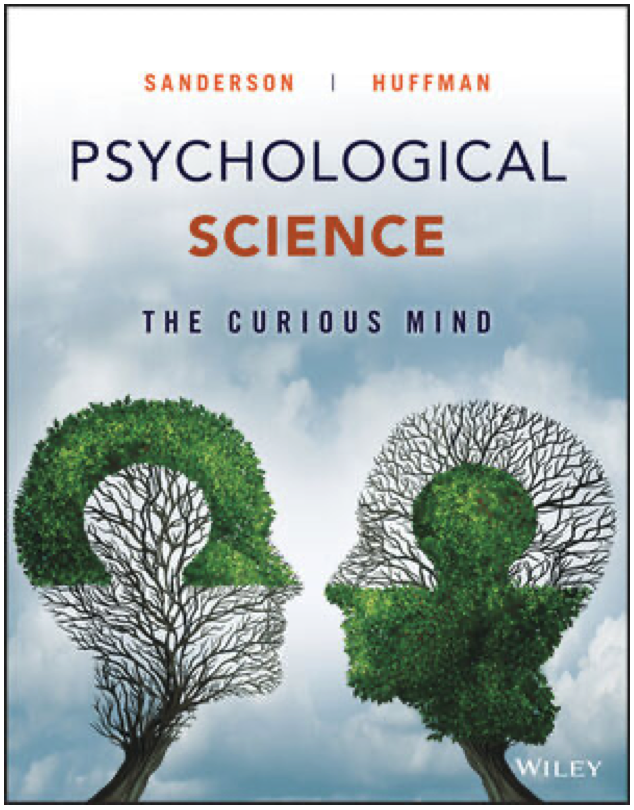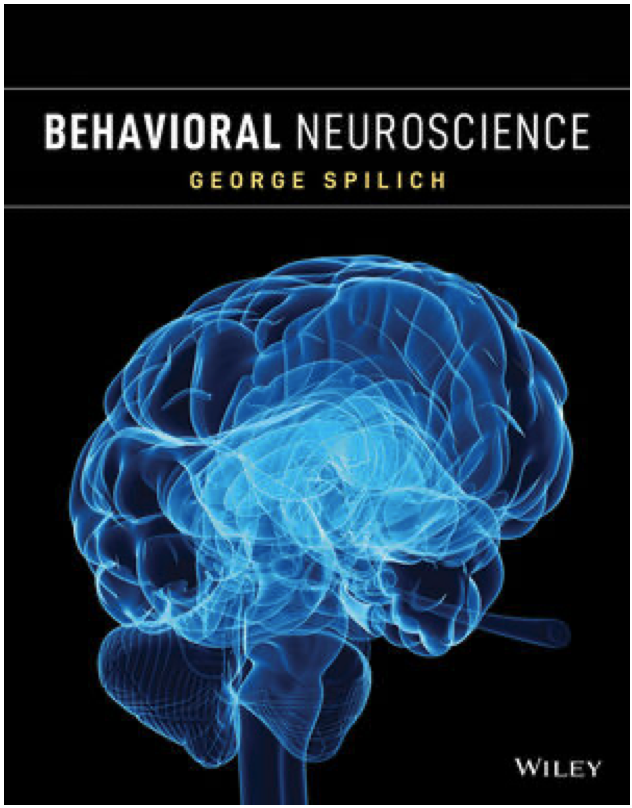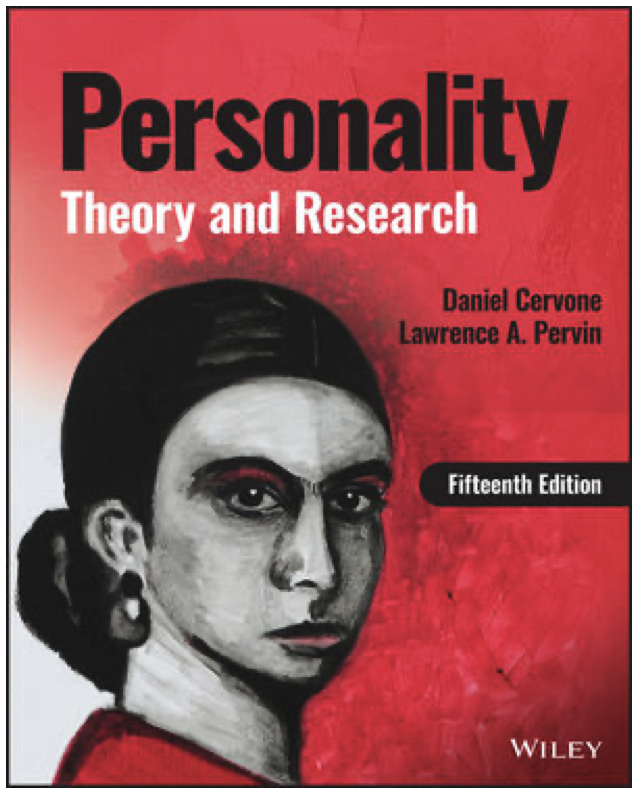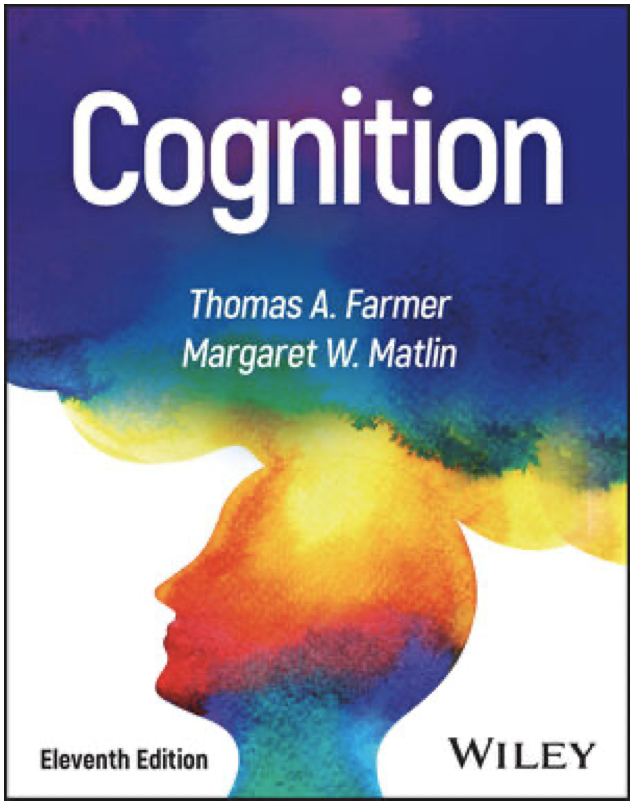DRESS GATE — 3 ARTICLES & VIDEO
DESCRIPTION
Strangely there has been a controversy that erupted over the internet regarding whether a woman’s dress was “white and gold” or “blue and black.” Numerous articles and arguments ensued and apparently have been raging around the world. What color is the dress? Why is the dress judged so radically different? Is it due to perception? The effects of web transmission? Screen pixel activation? Three articles are presented: the first is simply an announcement of the controversy over the dress. The second is an article derived from an interactive graphic found in the first article. The third is an article that attempts to explain the phenomenon. Lastly there is a video from a CBS news report with an expert who weighs in on the many reasons that people perceive the dress differently.
Article #1: The White and Gold (No, Blue and Black!) Dress That Melted the Internet
SOURCE & LINK: New York Times, February 27, 2015, by Jonathan Mahler
(shortened URL) http://tinyurl.com/kycuknc
Article #2: Is That Dress White and Gold or Blue and Black?
SOURCE & LINK: New York Times, February 28, 2015
(shortened URL) http://tinyurl.com/ngmsnhl
Article #3: The Science of Why No One Agrees on the Color of This Dress
SOURCE & LINK: WIRED Magazine, February 2015
http://www.wired.com/2015/02/science-one-agrees-color-dress/
VIDEO SOURCE: CBS NEWS, February 27, 2015
LINK TO RESOURCE
(There is a brief commercial before the video plays.)
http://www.cbsnews.com/videos/neuroscientist-weighs-in-on-dressgate/
CLASS DISCUSSION QUESTIONS
•What is sensation? What is perception?
•How does the eye sense color?
•How does the brain perceive color?
•What factors influence perception?
(This can be couched in terms of nature-nurture or naive-experience continuum.)
•What color is the dress? Why do individuals see it differently?
(This can also be part of a discussion on optical illusions as well.)
•Can the students think of other similar situations?
(Consider the Stroop effect.)
TAGS
sensation, perception, naive-experience continuum, optical illusions, color blindness









